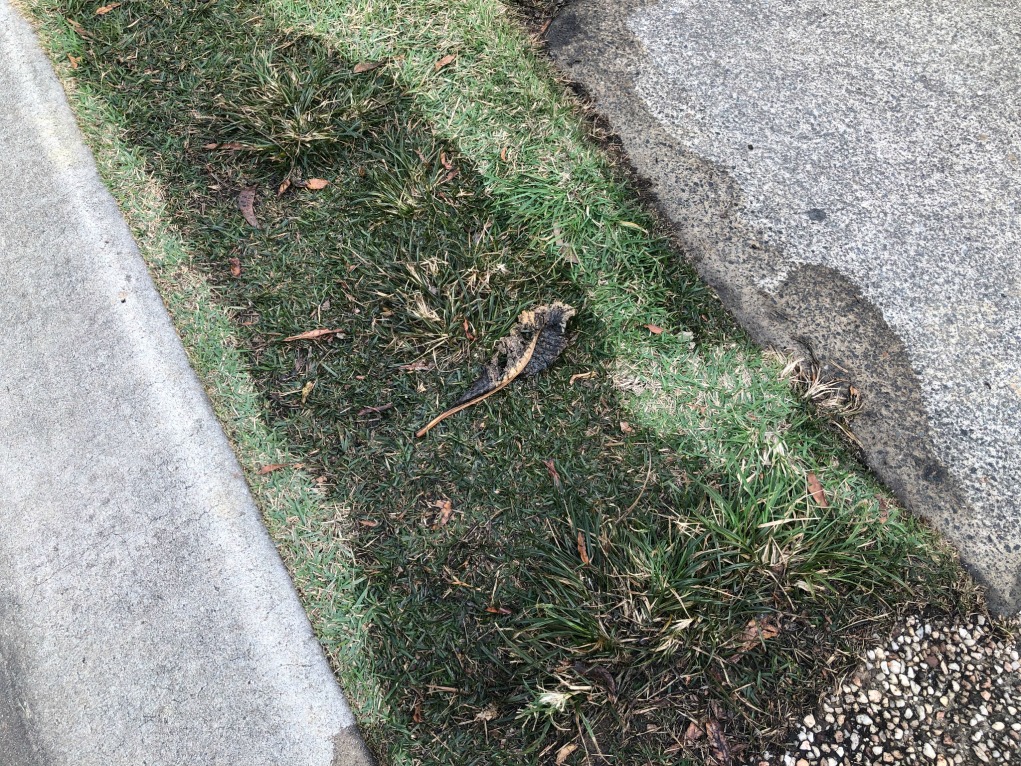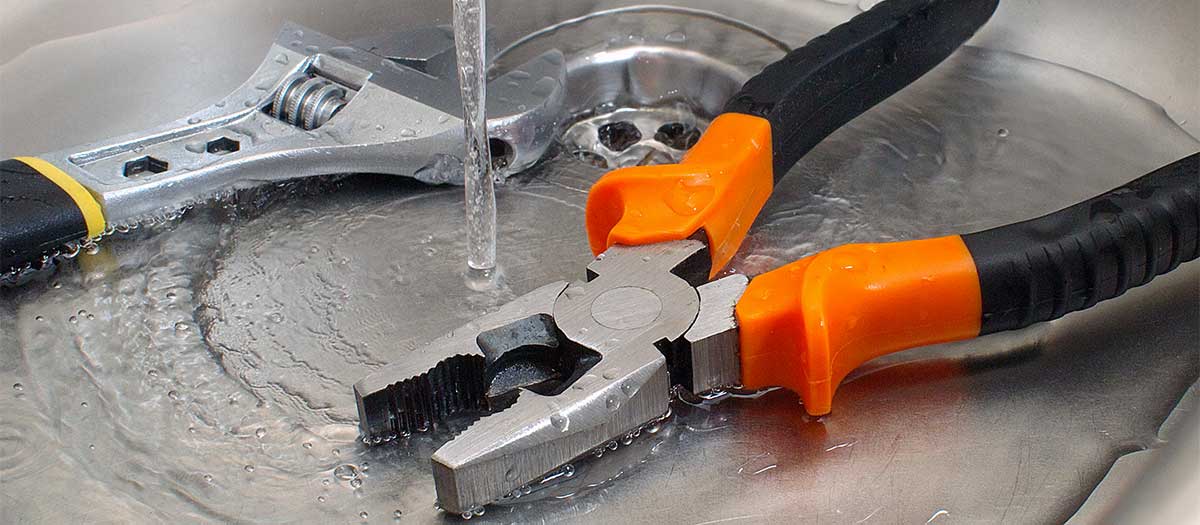Exactly how to Check If Your Home Has a Surprise Leakage
Exactly how to Check If Your Home Has a Surprise Leakage
Blog Article
We've encountered this great article relating to Detecting hidden plumbing leaks listed below on the web and think it made perfect sense to relate it with you on this site.

Early discovery of dripping water lines can reduce a possible disaster. Some little water leaks might not be visible.
1. Check Out the Water Meter
Every home has a water meter. Inspecting it is a surefire way that aids you discover leakages. For starters, shut off all the water resources. Ensure no one will certainly purge, make use of the tap, shower, run the cleaning equipment or dish washer. From there, most likely to the meter as well as watch if it will certainly alter. Considering that no person is utilizing it, there must be no movements. If it relocates, that shows a fast-moving leak. Similarly, if you spot no changes, wait a hr or 2 as well as inspect back once more. This implies you may have a slow-moving leakage that might even be underground.
2. Check Water Usage
If you spot unexpected adjustments, in spite of your consumption being the exact same, it suggests that you have leakages in your plumbing system. A sudden spike in your expense suggests a fast-moving leakage.
A steady boost every month, also with the very same behaviors, reveals you have a slow-moving leakage that's likewise gradually rising. Call a plumber to completely check your residential property, especially if you feel a warm location on your floor with piping underneath.
3. Do a Food Coloring Test
30% comes from toilets when it comes to water intake. Test to see if they are running properly. Drop specks of food shade in the storage tank as well as wait 10 minutes. There's a leakage between the container and dish if the color in some way infiltrates your bowl during that time without flushing.
4. Asses Exterior Lines
Do not forget to check your outdoor water lines as well. Should water permeate out of the link, you have a loosened rubber gasket. One small leakage can throw away bunches of water and also increase your water expense.
5. Evaluate the scenario and also check
Homeowners ought to make it a behavior to examine under the sink counters as well as also inside cabinets for any bad odor or mold and mildew growth. These two warnings show a leak so timely focus is required. Doing routine examinations, even bi-annually, can save you from a major problem.
If you know your home is already old, keep a careful eye on your heating systems, pipes, pipes etc. Look for discolorations and compromising as many appliances and pipelines have a life span. They will certainly also naturally deteriorate due to damage. Don't wait for it to escalate if you suspect dripping water lines in your plumbing system. Call an expert plumber immediately so you don't wind up with an awful mess in your home.
Early discovery of leaking water lines can mitigate a prospective catastrophe. Some small water leaks may not be visible. Checking it is a surefire means that helps you uncover leakages. One small leak can squander bunches of water as well as spike your water expense.
If you think dripping water lines in your plumbing system, do not wait for it to rise.
How to Know If Your Home Has a Hidden Leak
Water Meter Reveals Inexplicable Water Usage
If you’d like to test whether or not there’s a leak somewhere in your home, you can do this using your water meter. Here is how to conduct the test:
Don’t use any water in your home for at least 30 minutes; this also means not turning on faucets or water-using appliances.
Go outside, and check your water meter for activity.
If your water meter shows that there was activity, even though no one was using any water, this proves that there is a leak in your home.Visible Mold or Mildew Growth
Leaks behind walls create moist, dark environments that allow mold and mildew to grow and thrive. Eventually, you might see mold growth forming on the wall closest to a hidden leak.
If mold is growing in an area that receives a high amount of moisture, such as a bathroom, it may simply be an indication that better ventilation is needed. However, if you see mold growth on a wall or the ceiling in an area where you would not expect, you probably have a hidden leak.
Musty, Mildew Odor
Sometimes you might not be able to see the mold or mildew that is growing as a result of a leak. However, the smell can give the problem away just as easily. If you catch a whiff of something musty, there’s a good chance that old water is collecting somewhere in your home that you can’t see.
Stained/Warped Walls, Ceilings, or Floors
When your home soaks up water, a variety of red flags can become visible, including ceiling stains, bubbling drywall, warped walls, and sagging floors. While these issues can be caused by excess humidity, they can also be signs that a pipe or plumbing connection has started leaking behind your walls.
Inexplicably High Water Bill
After a while, you get a general sense for what your water bill should be. If you own a pool or sprinkler system, your bill will tend to be higher during summer. However, if you receive a water bill that seems especially high, and you can’t figure out what caused it, then you may have a hidden leak somewhere that’s increasing your bill.
https://www.plumbingjoint.com/blog/2019/july/how-to-know-if-your-home-has-a-hidden-leak/

As a keen reader about Leaking water lines, I thought sharing that excerpt was sensible. Please set aside a second to distribute this entry if you liked it. Thank you for your time. Come back soon.
Report this page